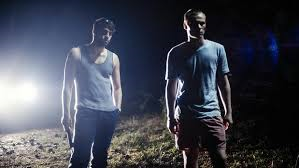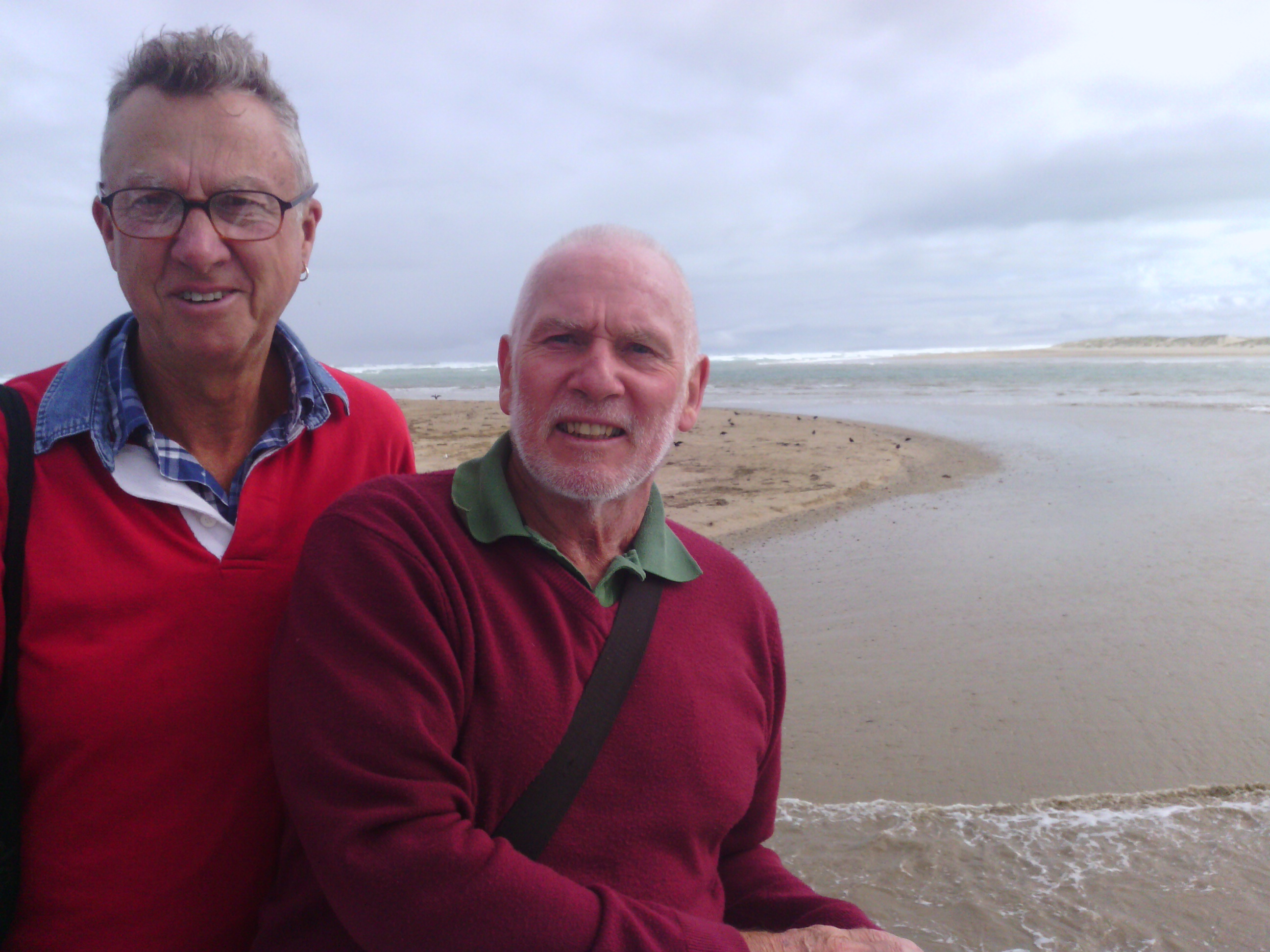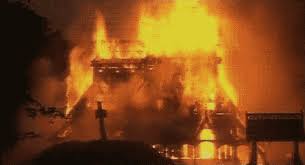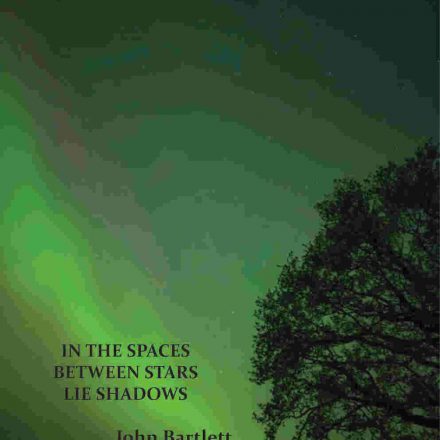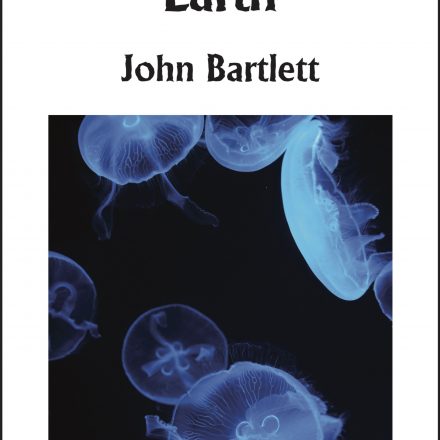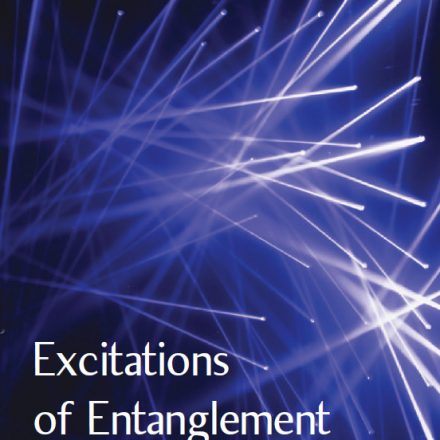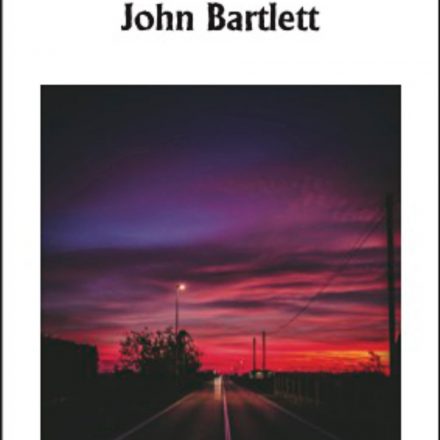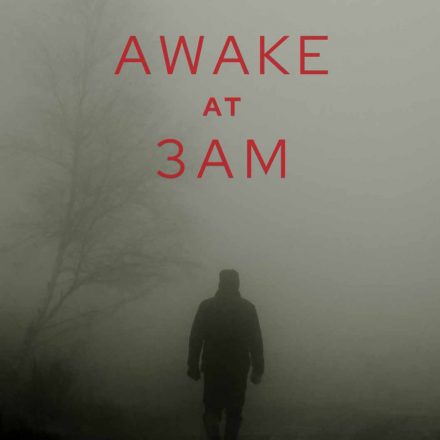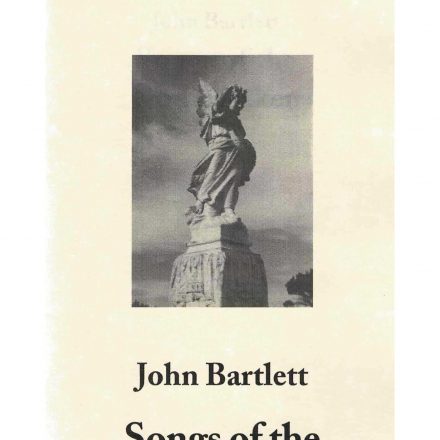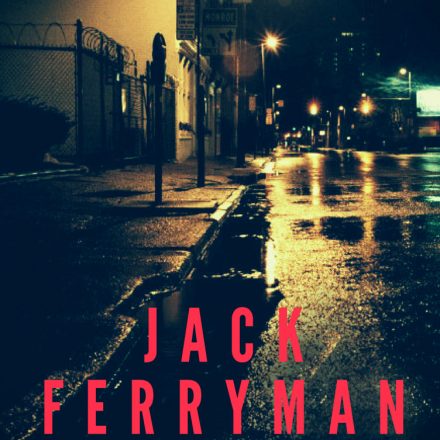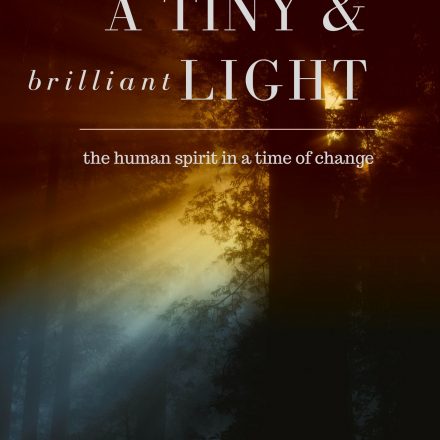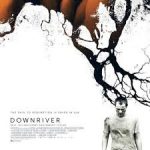 First-time filmmaker , Director Grant Sciciuna, played the role of a corpse in the 2007 movie Noise where he met Australian / Hungarian cinematographer László Baranyai who has now gone on to become the cinematographer in Sciciuna’s new film Downriver.
First-time filmmaker , Director Grant Sciciuna, played the role of a corpse in the 2007 movie Noise where he met Australian / Hungarian cinematographer László Baranyai who has now gone on to become the cinematographer in Sciciuna’s new film Downriver.
‘Beyond estuary’ here review’s Downriver and revisits Noise from 2007.
On the tram from Carlton into the city after seeing Downriver I heard someone loudly whistling behind me. At the next stop a man with a prosthetic leg jumped off the tram and went whistling down Swanston Street. For me this was a metaphor for the film I had just seen – in the face of tragedy and disappointment, there’s something in human nature that still seeks for hope, redemption and openness.
Downriver is certainly a dark film, exploring issues like male violence, murder, rape, sadistic homophobia and twisted, dark secrets.
But Sciciuna, who also wrote the screenplay, believes that “when you are exploring darkness, what you’re really exploring at the same time is its opposite and that’s what interests me.”
This is the story of James, a young man who has just been released from prison for the drowning murder of a child, supposedly by him, at the age of ten. James returns to the scene of the crime to discover what really happened those many years ago.
This is not a film for the fainthearted. This film is populated with damaged and lost young men where explicit violence seems to be their default response. Gentleness or affection is a sign of weakness. It’s the older women, mature and wise, played beautifully by Kerr Fox and Helen Morse, who become the role models where adult males appear to have failed.
It’s a legitimate question to ask why filmmakers need to go into this disturbing territory. Is it just an excuse to aestheticise violence, a sort of soft-core porn of violence? We can pretend that this broken society doesn’t exist and be satisfied to escape into Multiplex films like ‘Independence day: Resurgence’ or ‘Warcraft’, movies that appear to champion Empire America and which I find much more disturbing and obscene. Unfortunately the results of a broken society are all about us even if we’ve been fortunate not to experience them face to face.
For me films like Downriver are much more than a journey into darkness for its own sake. I think such movies are a legitimate attempt to understand the origins of this violence and to explore how redemption is possible. In Downriver tenderness and love in the end become legitimate choices.
The actors, including Reef Ireland as James, bring an innocence and naturalness to their roles. Ireland played an almost exact role in Sciciuna’s earlier short film, The Wilding (2012) which won a number of local and international awards. At 36, Sciciuna, South Australian-born, is one of Australia’s most promising young directors and screenwriters and certainly a name to watch.
A movie is not a book and for me, the test of a good film is whether the images linger long after. Here László Baranyai expresses a particular poetry of imagery which also impressed me in his earlier film Noise. The river and its music of sounds play a major role. Who would have believed that the Yarra in Warrandyte could have looked so magnificent and hypnotic?
Downriver is no easy pushover. Often the viewer is lost in the narrative, adrift in fragmented scenes which move back and forth in time and where the dialogue from one scene bleeds bewilderingly into the visuals of the next. The end result can be disorienting and not to every viewer’s taste. But for me this is an authentic experience of storytelling, not in an arrow-straight line of narrative but in small, truncated fragments of dialogue and memories, where the effects seem to slip surreptitiously into the viewer’s subconscious and keep irritating for long after – for me the best kind of narrative. Isn’t this how our own memories and emotions play out?
Downriver had an incredible ten year gestation, which underlines how Australian film (and the arts in general) struggles to be expressed. Part of its funding came from crowdsourcing donations. Young Australian actors, producers and directors in this case were prepared to go beyond the clichés and the stereotypes to produce a film which I predict will go on to win awards both here and overseas. In a film career that has gone from playing the role of a corpse to directing internationally awarded films, Sciciuna deserves our support.
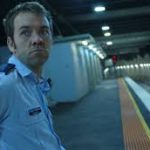 VOLUME ON HIGH (a review of the 2007 movie Noise)
VOLUME ON HIGH (a review of the 2007 movie Noise)
Sufferers of tinnitus will know how devastating this affliction can be, isolating the victim gradually in a restricted world of ringing, buzzing, humming or whistling. This is the space in which protagonist Constable Graham McGahan (Brendan Cowell) finds himself in writer/ director Matt Saville’s debut feature film Noise.
The film’s title is the perfect metaphor for this story of an anti-hero, a ‘slack-arse’ cop, happy to hide himself away from the public in a police caravan. Outside somewhere a killer stalks the suburbs where flashing lights and jingling carols of an approaching Christmas feel more like a threat than a celebration. The film’s soundtrack (a collaboration between sound designer Emma Bortignon and composer Bryony Marks), demands our immediate attention with opening scenes of steel train wheels grinding on steel tracks screaming aloud the horror of a mass murder discovery on the night train to Lilydale. Yes this film inhabits familiar territory but overwhelming sounds like phones, television sets , empty, grinding escalators and savage whipper-snippers add a threatening, alien quality to the landscape that makes you never want to walk these streets alone again.
On one level this is a good ‘edge-of-the-seat’ psychological thriller with a mass murderer lurking in the shadows but on a far more satisfying level it explores the inner lives of so-called ‘ordinary’ suburban characters you are likely to meet on that Lilydale train. As well as the larrikin cop, there’s Luke, the Greek boyfriend grieving for his murdered fiancée, Fiona as well as Lavinia (Maia Thomas), the frightened commuter with a face that radiates emotion whenever the camera comes close. She unwittingly enters the bloodstained carriage and discovers the aftermath of carnage. There’s the empathetic Yugoslav milk bar owner and ‘Lucky Phil’ (Simon Laherty) a man with a mental impairment and a penchant for photographing his dog in funny outfits. It’s his photographic ‘evidence’ that goes unnoticed by our ‘slack-arse’ cop hero.
Noise is crammed with damaged and powerless characters who nevertheless struggle to be nobler. It’s a shock for example to see a detective with a cleft palate or an elderly man struggling to stem the bleeding of the wounded McGahan. These are not the pumped-up heroes of Hollywood we’ve come to expect in thrillers and yet they are much more satisfying in their very fragility and vulnerability.
Matthew Saville’s first short film Roy Hollsdotter Live played successfully at both local and international festivals and became a ‘short’ film only because finances dried up. This darkly humorous tale of a stand-up comedian, filmed around Fitzroy and North Melbourne, was screened on SBS TV in 2006. The script was short-listed for the Victorian Premier’s Literary Awards and it’s that same attention to fine writing which is so apparent in Noise, with its painfully authentic ‘street talk’ and McGahan’s sardonic quips to his fellow cops or girlfriend.
In his Director’s Statement Saville says he believes that ‘heroes do casual labour on building sites and in fast food restaurants. So do the villains.’ These are very ordinary people struggling to be different. McGahan might prefer to retire to his tinnitus-defended world but he is a good listener too, develops a ‘blokey’ intimacy with Elliot and liberates Lavinia from her fears by honestly revealing the information she needs. Small bits of heroism but immense in their overall effect. McGahan is a philosopher of sorts too and this unassuming cop develops a theory about that moment between the death of the body and the brain that will determine whether you will either be a hero or remain a ‘fuck-knuckle’ for all eternity.
Cowell, whom we might have seen as Tom, a cook at a rehabilitation hospital in Love My Way is superb as the reluctant hero. The camera examines his face closely for every nuance of meaning and often plays voyeur when he is alone. This film is no easy ride. The viewer must work hard to fit together the fleeting fragments of scenes which appear and disappear as the noises of this city loom and fade too (mostly on high volume). Some may be dissatisfied with ambiguities and unanswered questions left dangling but for me an unresolved plot can sometimes be more powerful because of that very uncertainty. Occasionally however, I failed to catch every word of dialogue and wondered if the day was coming when Australian films should come issued with their own sets of subtitles. Or perhaps it was all that background noise?
Below the surface this film hints at spiritual ambitions and the final scene in which a police helicopter, hovering over the bleeding McGahan with its searchlight streaming down like a stairway to heaven, resembles a Giotto painting with Jesus ascending into heaven. It’s unclear whether this is McGahan’s moment of ascension and redemption but it’s clear he’s no longer the ‘fuck-knuckle’ some thought him to be. Other religious images permeate this film too such as the picture of Jesus’ face on the Shroud of Turin next to the identikit image of the mass murderer. The divisions between good and evil in this world have become very blurry.
All the elements of good film-making are layered here to create a satisfying experience and a visual style in which Noise, shot on super 35mm format, is always driven by its characters’ emotions. Cinematographer Lazlo Baranyal says ‘as soon as I read the script, I knew that Noise would be a film that was different from anything else being produced in Australia; a film about all of us, our lives and our feelings. Coming from Eastern Europe where filmmaking is far more political and social in its intentions, I felt privileged to be trusted with this project.’ Baranyal’s eighth feature film is shot on a cinemascope widescreen format.
This is an action film that avoids the clichéd action movie model, deeply satisfying with a final scene where miraculously after all the scrambled and overpowering noise that has gone before, the tiny voice of a crying baby is more disturbing than any noise that has gone before. Subtleties like this make Matthew Saville the thinking-person’s filmmaker.

